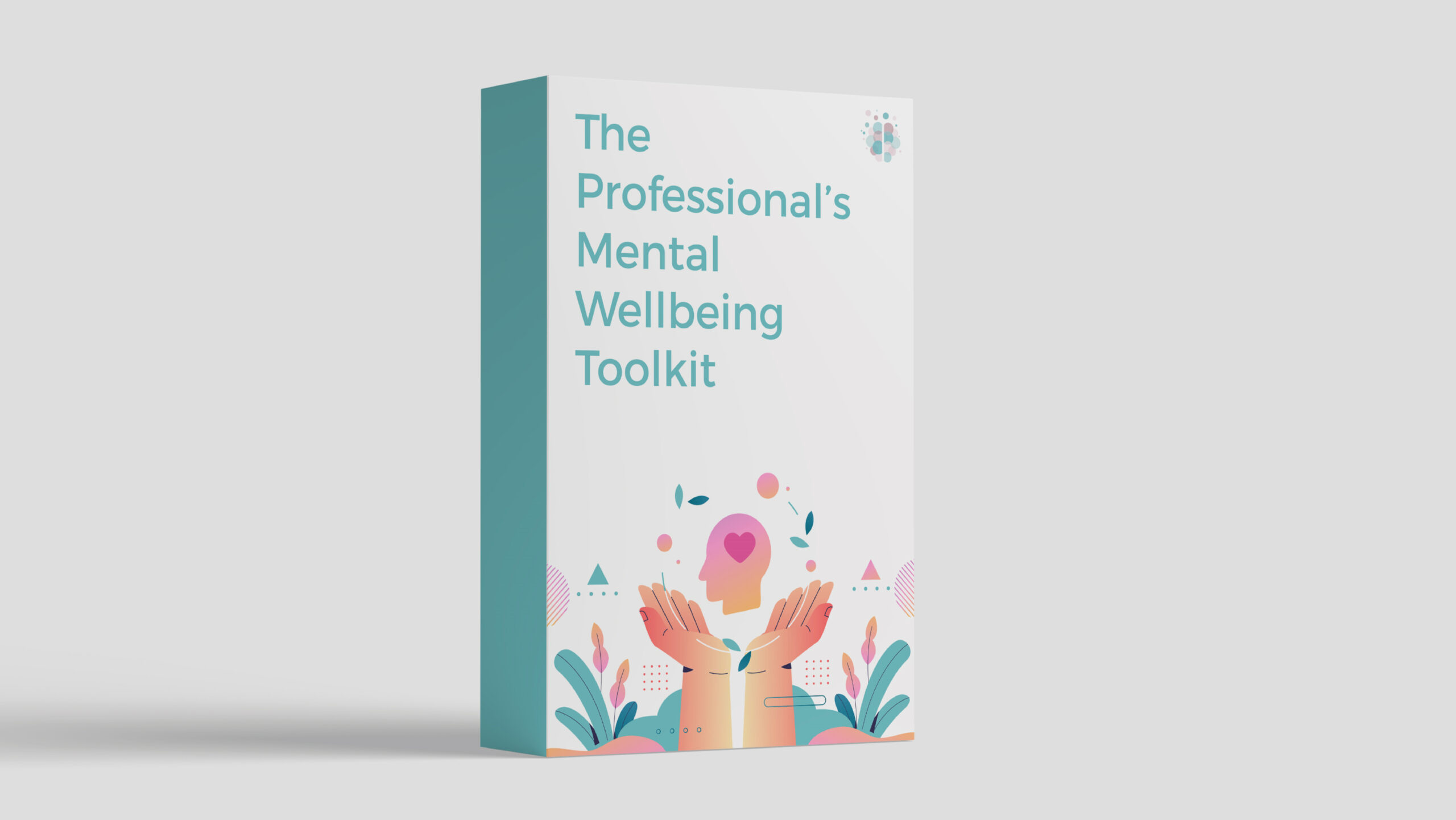It’s helpful to define cognitive defusion by contrasting and distinguishing it from its opposite: cognitive fusion.
In cognitive fusion, thoughts may be either the inescapable driving force of our actions or they may overwhelm our attention, preventing us from experiencing life in the moment.
By contrast, cognitive defusion occurs when we’re able to approach our thoughts in a flexible way. Cognitive defusion allows the contemplation of thoughts’ usefulness and allows other factors (such as values) to play a role in determining our behaviour.
Viewing Our Mind as a Sixth Sense
In Buddhism, as well as the Western notion of five senses – sight, smell, hearing, taste, and touch – they have an additional sense, ‘mind’ or ‘mental object’. Minds are seen by Buddhists as a sixth sense that creates a filter on top of reality.
The Buddha taught that mental suffering arises from mistaking that filter for reality itself. Just as we can observe what we see, smell, hear, taste, and touch, we can also observe the activity of our mind.
When we’re so fused to our thoughts that we can’t take a step back and observe them as our mind’s activity, we're in the state of cognitive fusion. Cognitive defusion techniques train us to start observing our mind as we’d observe a smell – as something to notice and respond to if we wish.
The Benefits of Cognitive Defusion
The benefits of techniques which promote cognitive defusion result from allowing detachment from the dominance of our thoughts in determining our behaviour.
Being able to break the identification with one’s thoughts weakens the impact of unhelpful thought patterns and allows assessment of those thoughts considered as aspects of consciousness, rather than as definitions of self.
Once a certain amount of cognitive defusion occurs, the therapist can proceed with clinical work which may including assisting the client with:
- questioning the helpfulness of the individual thoughts in driving behaviour, balanced amongst other things against the client’s values and long-term goals;
- breaking fixations driven by thoughts that are preventing the client from being present in everyday life; and
- addressing self-destructive patterns of behaviour that have arisen from avoidance or fear of certain intrusive thoughts.
Developing cognitive defusion has been shown to help with a variety of conditions including stress, social anxiety and negative self-image. However, theoretically the benefits should be felt with any client presentation where particular trains of cognition are dominating their behaviour.
Acceptance and Commitment Therapy (ACT) Therapy Techniques
Prof. Steven C Hayes developed the model of ACT in the mid-1980s, where it sits in the historical context as part of the third wave of behavioural therapeutic approaches.
Psychological flexibility is a central concept in ACT. Psychological flexibility involves the ability to be open, adaptable, and effective in the presence of difficult or unwanted thoughts, feelings, and experiences. In ACT, six core principles work together to establish psychological flexibility:
- Cognitive defusion
- Contact with the present moment
- Acceptance
- Self as context
- Values
- Committed action
Cognitive fusion is often seen as the greatest issue which clients face, because without sufficient defusion, it’s difficult (if not impossible) to introduce and work with the other guiding principles of ACT. Common types of cognitive fusion which ACT therapy techniques are designed to mitigate include:
- Rumination
- Worry
- Catastrophising
- Negative self-judgement
ACT practitioners believe that all of these issues may be addressed by assisting clients to develop greater psychological flexibility. Accordingly, ACT employs a wide variety of exercises to assist with cognitive defusion. Let’s take a look at one such exercise.
The Leaves on a Stream Exercise
Imagine you’re working with an 18 year old male suffering from social anxiety having just started at university. Let’s call him Leo.
In initial discussions with Leo, he describes in detail how his thoughts about how social awkward he is are crippling his ability to interact freely and in particular are negatively affecting his ability to interact with a prospective romantic partner (Susie) on one of his courses.
This pattern of thoughts are affecting both his ability to attend to the present whilst in class and his overt behaviour. Specifically: in lectures he’s unable to take proper notes or focus on the tutor when Susie is present; and, he cannot make eye contact or engage in discussions with Susie when they’re in groups together.
You decide that it would be appropriate to work with him to develop cognitive defusion and Leo has consented to try a directed exercise with you.
One exercise you can use is called ‘Leaves on a Stream’:
- Start the exercise by asking Leo to adopt a comfortable position, either with his eyes closed or by focusing on a neutral visual point.
- Ask him to imagine that he’s sitting on the bank of a gently flowing river watching leaves float lightly passed him.
- Over the course of the next few minutes, instruct Leo to observe his thoughts and place each one on a passing leaf. Advise him to observe what happens to each leaf. Reassure him that the thought-leaves may move off along the river at different paces. His job is to simply observe them no matter whether they pass by him quickly or slowly.
- Periodically over the course of the exercise, check in with Leo in a calm voice reminding him to allow the thought-leaves to move at their own pace and not to try to dispel unwanted thoughts or to try to hold on to pleasant thoughts. He should simply put each thought on its own leaf and observe, rather than engage, with it.
- If he finds himself caught up in a thought, he should just imagine himself at the bank of the river again and restart placing new thoughts on the leaves.
Once the exercise is completed, you will need to debrief with Leo. Ask him what thoughts were stuck, what thoughts he tried to dispel, how he felt about simply observing his own thoughts.
Explore with Leo if he’d be comfortable practicing the exercise on his own in between this session and your next, taking a few notes for further discussion.
You can then work with Leo to reinforce cognitive defusion in a variety of ways depending on his answer in the de-brief part of the session. It may be that psychoeducation or mindfulness exercises are helpful ways for him to build up his psychological flexibility. There are also a variety of other ACT therapy techniques which can be used in combination with the ‘Leaves on the Stream’ exercise to reinforce Leo’s cognitive defusion.
Get ACT Psychoeducation to Share With Clients
Want a library of worksheets to share with clients which include ACT therapy techniques? Check out The Professional's Mental Wellbeing Toolkit today. It's "everything you need all in one place."

About Stef
Dr Stephanie (“Stef”) Garner is a qualified counsellor and a member of the Australian Counselling Association. She specialises in working with gender, sexuality and relationship diverse clients, such as members of the LGBTQI+ community, as well as those engaged in alternative relationship models (such as consensual non-monogamy or polyamory) and kink practitioners. Stef practices person-centred therapy and has been living and working in Bangkok, Thailand since 2012. She holds a doctorate in philosophy (University of Oxford).
Find out more about her on her website, Facebook or email her at stef@unicorncare.one.


